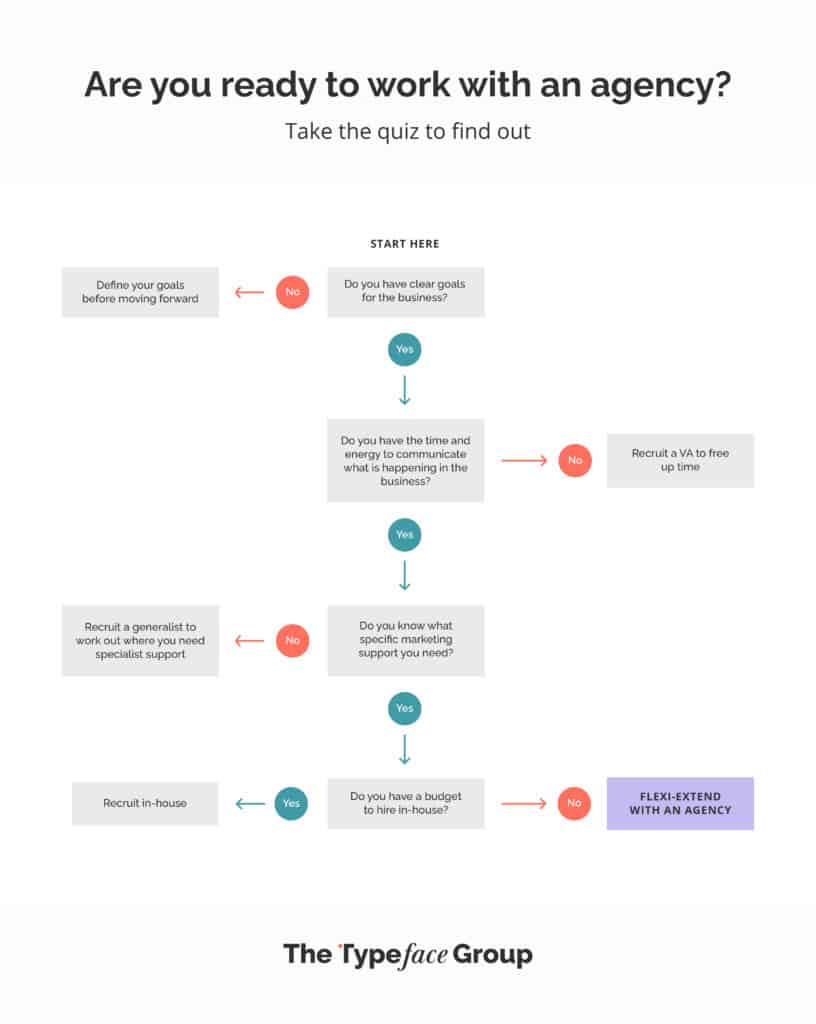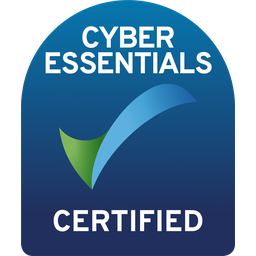Marketing is one of the most challenging roles in a business; your to-do list is relentless, your hours are out of control. It’s too easy to become reactive instead of proactive.
If this sounds painfully familiar, you might be at the stage where you are considering outsourcing your marketing to extend your team and tame that overwhelm. Not sure where to start? Let’s break down your options…
- Hire an in-house marketer
- Bring on a freelancer
- Outsource to an agency
Each option has pros and cons. To avoid getting burned, first reflect on your needs. Do you need full-service support or specialised skills? Do you need someone full-time or on-demand? What level of experience is necessary? Defining your requirements now, means no regrets down the road.
As a team we’ve worked in-house, we’ve smashed it as freelancers and we’ve all ended up at one of the best agencies around (we’re not afraid to toot our own trumpets either), so we’re speaking from years of lived experience in each option. But for this post, for obvious reasons, we’re here to talk about the ins and outs of outsourcing to an agency.
getting it right
Outsourcing to a marketing agency
- Messy feedback loops
- Learning new systems
- Synchronising your diaries
- Setting expectations from both parties
So, how can you avoid the potential pitfalls and get straight to the good stuff? Having nurtured over a hundred client/agency relationships, in my mind the greatest thing that can support a healthy pairing is the quality of that initial onboarding and the discovery phase.
The most common challenge from an agency standpoint? Marketing managers taking last-minute direction from internal stakeholders when we’re already beyond the brief.
"Marketers (80%) think they write good briefs, and only 10% of creative agencies agree." "Poor briefs erode marketing budgets. Respondents estimated that 33% of the marketing budget goes to waste due to poor briefs and misdirected work."
get on the same page
How to avoid misdirected work and wasted time and budget
Click below to expand
How to build a good relationship with your marketing agency
STEP ONE
- Scope of work with any hard deadlines already agreed, including feedback deadlines
- Detail of input required from the client if needed, such as access to the back-end of the website, analytics and email platforms
- Service level agreements so you can understand what your turnaround times are likely to be
- Details of your account manager and agency working hours
- Your invoice schedule
TIP
Hit the ground running with a clear scope of work for all parties to sign off. This sets in stone what’s expected of the agency.
This way, there are no surprises, and all internal stakeholders will understand precisely the support you have secured.
If you don’t have a scope of work with your current agency and you’re experiencing a mismatch between delivery and expectation, it’s worth asking for one in your following account review.
STEP TWO
Systems set up
STEP THREE
Shared files and access to your work
STEP FOUR
Communications preferences
STEP FIVE
Reporting requirements
STEP SIX
Discovery
STEP SEVEN
Internal sign-off
Are you ready?
We’ve worked hard over the last decade to refine our client management and customer service processes, to make onboarding new clients and ongoing management of client work as pain-free as possible.
If you’re considering working with an agency to support your marketing and communications strategy, please contact our team for a no-obligation chat, they’re our favourite kind!
Send us a brief
If you know what you want, get your thoughts down in a brief so we can make sure we’re on the same page. On receipt we’ll be in touch to arrange a call.
